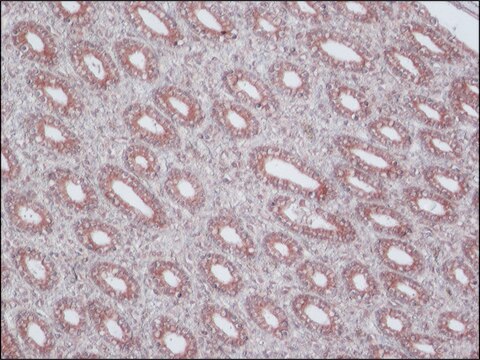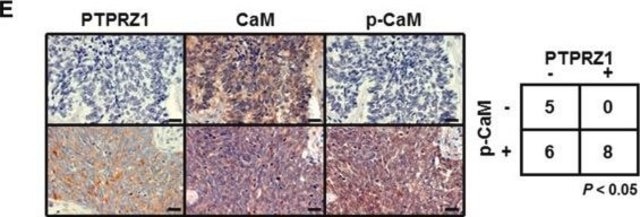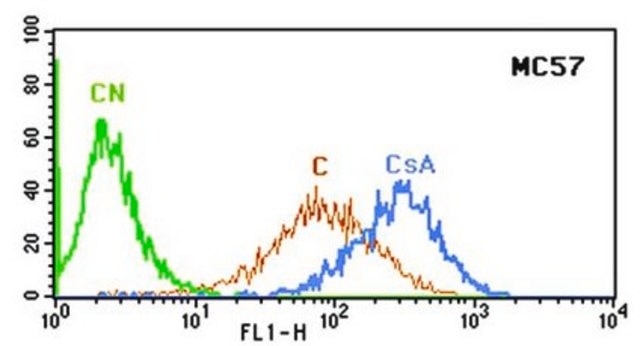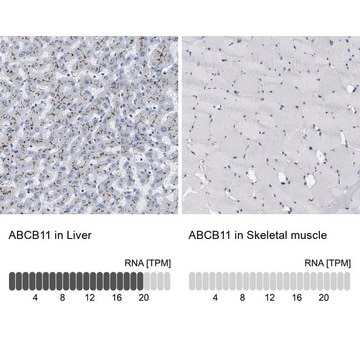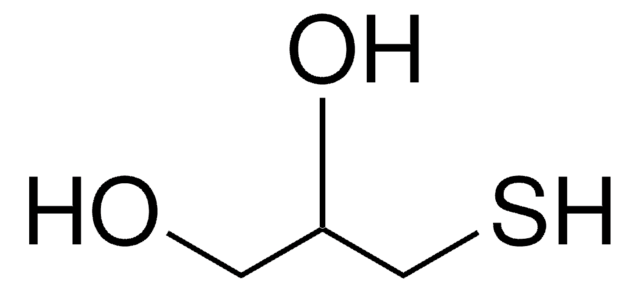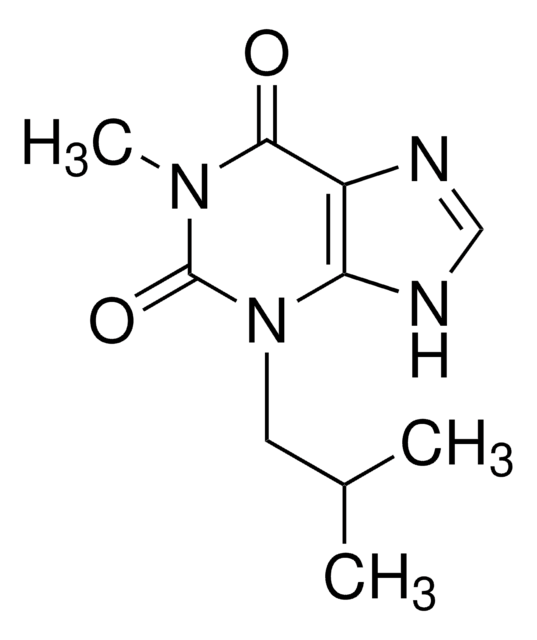M7317
Monoclonal Anti-MDR3 P-Glycoprotein antibody produced in mouse
250 μg/mL, clone P3II-26, tissue culture supernatant
Synonym(s):
Anti-ABC21, Anti-GBD1, Anti-ICP3, Anti-MDR2, Anti-MDR2/3, Anti-MDR3, Anti-PFIC-3, Anti-PGY3
About This Item
Recommended Products
biological source
mouse
Quality Level
conjugate
unconjugated
antibody form
tissue culture supernatant
antibody product type
primary antibodies
clone
P3II-26, monoclonal
species reactivity
human
concentration
250 μg/mL
technique(s)
immunocytochemistry: 1:20-1:50 using acetone-fixed cytospin preparations
immunohistochemistry (formalin-fixed, paraffin-embedded sections): suitable (not suitable for human tissues)
immunohistochemistry (frozen sections): 1:20 using acetone-fixed sections
western blot: suitable
isotype
IgG2b
UniProt accession no.
shipped in
dry ice
storage temp.
−20°C
target post-translational modification
unmodified
Gene Information
human ... ABCB11(8647) , ABCB4(5244)
General description
Specificity
Immunogen
Biochem/physiol Actions
Physical form
Disclaimer
Not finding the right product?
Try our Product Selector Tool.
wgk_germany
WGK 3
flash_point_f
Not applicable
flash_point_c
Not applicable
Certificates of Analysis (COA)
Search for Certificates of Analysis (COA) by entering the products Lot/Batch Number. Lot and Batch Numbers can be found on a product’s label following the words ‘Lot’ or ‘Batch’.
Already Own This Product?
Find documentation for the products that you have recently purchased in the Document Library.
Articles
We presents an article on ABC Transporters and Cancer Drug Resistance
Our team of scientists has experience in all areas of research including Life Science, Material Science, Chemical Synthesis, Chromatography, Analytical and many others.
Contact Technical Service